New species of pterosaur with 'muscular tongue' discovered
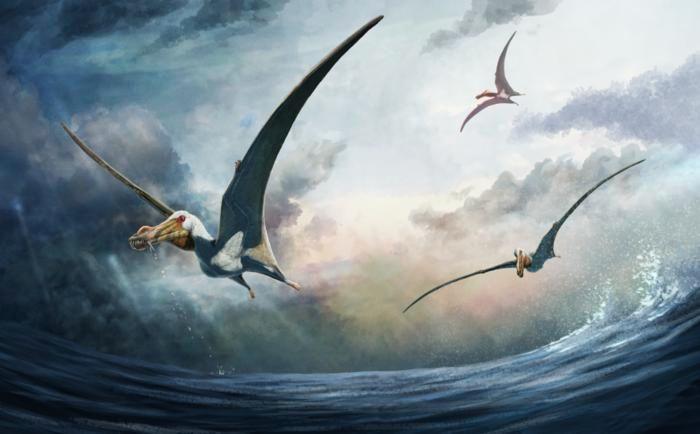
The new pterosaur species had a huge tongue
- Published
100-million-year-old fossilised bones discovered in the Australian state of Queensland belonged to a new species of pterosaur, researchers say.
The huge flying reptile which once lived among the dinosaurs is believed to have had a huge wingspan and a giant muscular tongue which came in handy when slurping up and swallowing its prey.
Its bones were found back in 2021 by museum curator Kevin Petersen.
The previously unknown species has been given the scientific name Haliskia peterseni after Mr Petersen.
“I’m thrilled that my discovery is a new species, as my passion lies in helping shape our modern knowledge of prehistoric species,” Mr Petersen said.
More on pterosaurs
New species of flying reptile found in Scotland
- Published6 February 2024
Newly-discovered pterosaur had 400 teeth!
- Published28 February 2023
Ancient Scottish 'cat-sized' flying reptile discovered
- Published10 October 2022
What is a pterosaur?
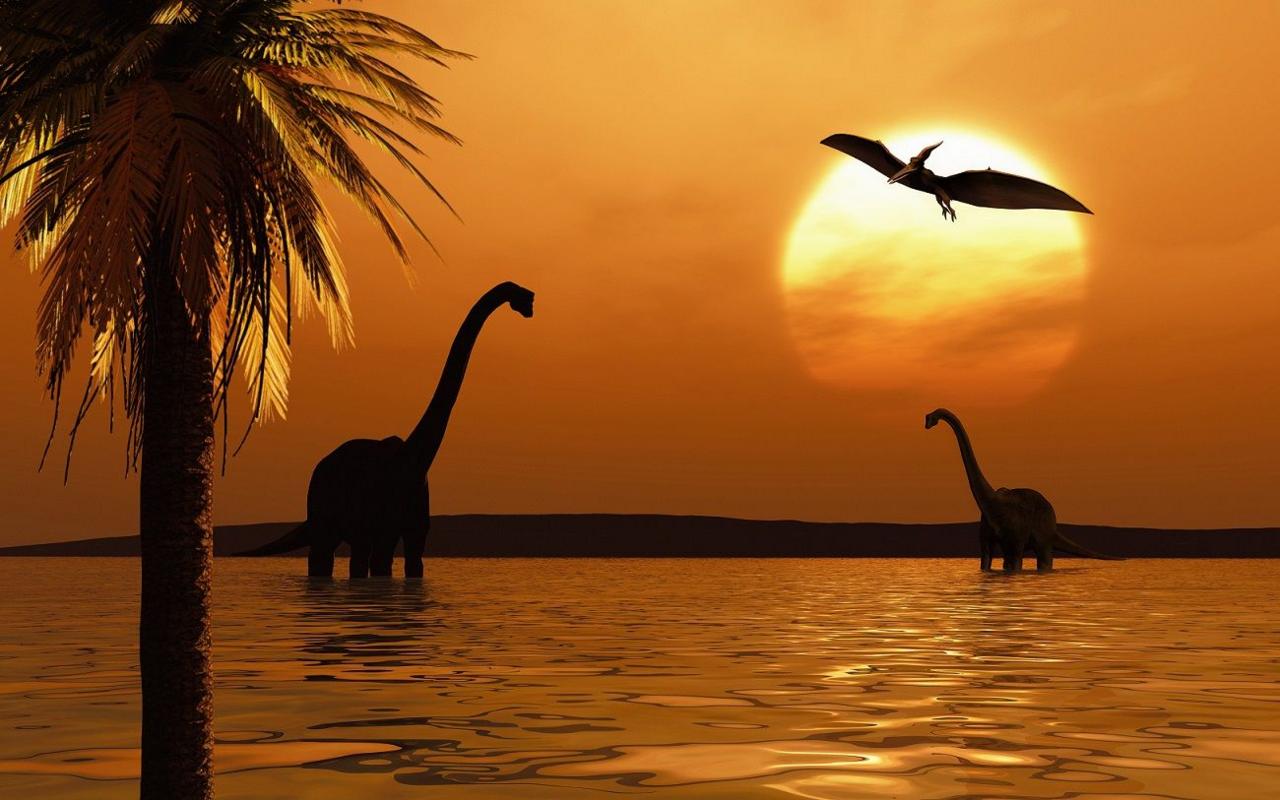
Pterosaurs lived among the dinosaurs millions of years ago
Pterosaurs were prehistoric flying reptiles with wings and bird-like beaks.
They existed from about 225 to 65 million years ago.
Although they shared a common ancestor and lived at the same time as dinosaurs, pterosaurs weren't dinos.
There are over 200 species of pterosaur and the biggest has a 35-foot wingspan - that's longer than a London bus!
What do we know about the new species?
A research team from Curtin University in Western Australia examined the fossilised bones of the new pterosaur.
They analysed the shape of its skull and shoulder bones, as well as how its teeth are arranged.
The researchers used this information to identify the species as an anhanguerian, a group of pterosaurs known to have lived across the world, including the countries today known as Brazil, England, Morocco, China, Spain and the United States.
“With a wingspan of approximately 4.6 metres, Haliskia would have been a fearsome predator around 100 million years ago when much of central western Queensland was underwater, covered by a vast inland sea and globally positioned about where Victoria’s southern coastline is today,” PhD student Adele Pentland who led on the research said.
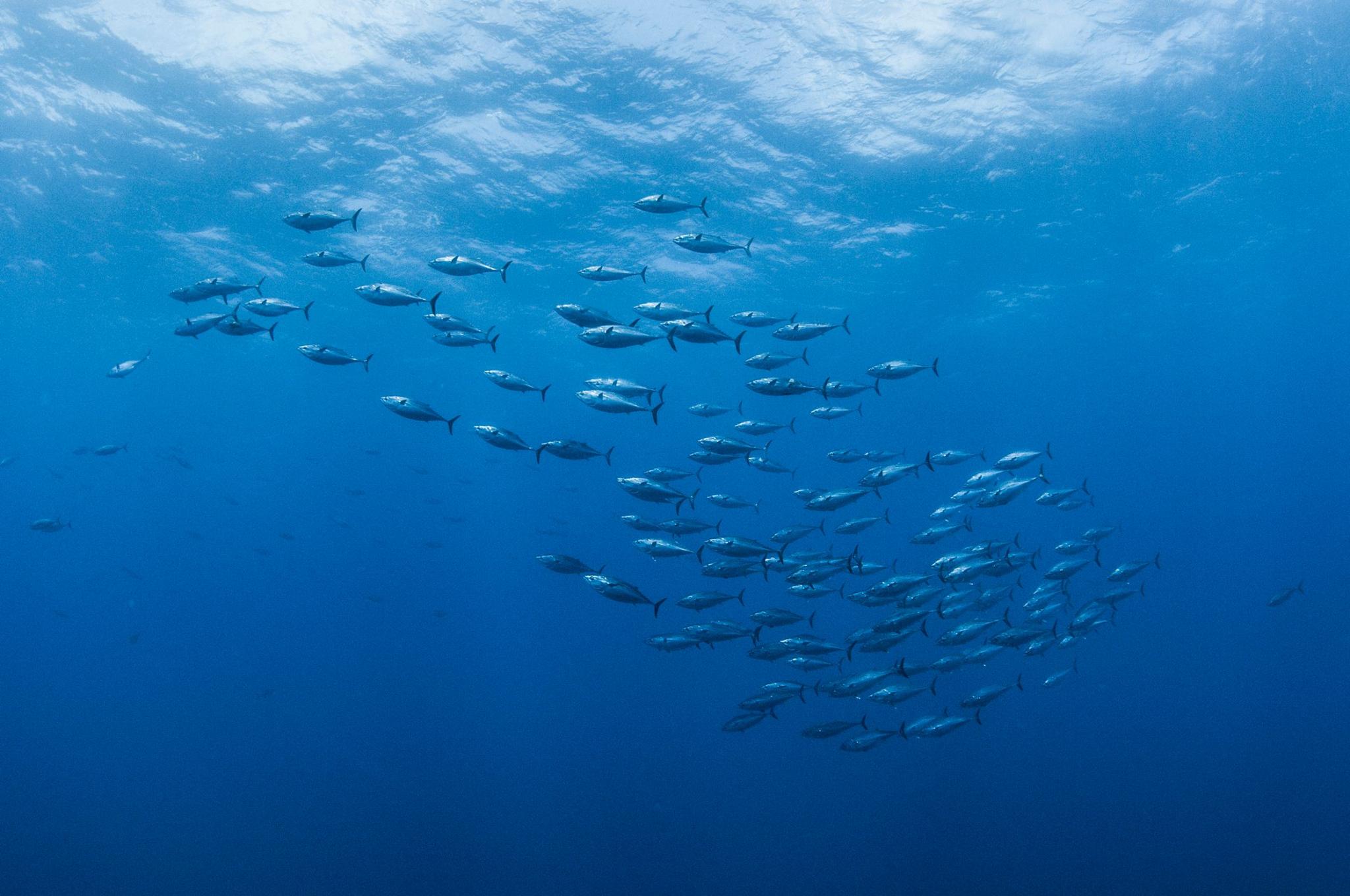
Haliskia peterseni fed on fish and cephalopods
The bones found from the pterosaur make up 22% of its overall frame, making it twice as complete as the only other known partial pterosaur skeleton found in Australia.
“The specimen includes complete lower jaws, the tip of the upper jaw, 43 teeth, vertebrae, ribs, bones from both wings and part of a leg," lead researcher Ms Pentland said.
"Also present are very thin and delicate throat bones, indicating a muscular tongue, which helped during feeding on fish and cephalopods.”
- Published14 February 2024
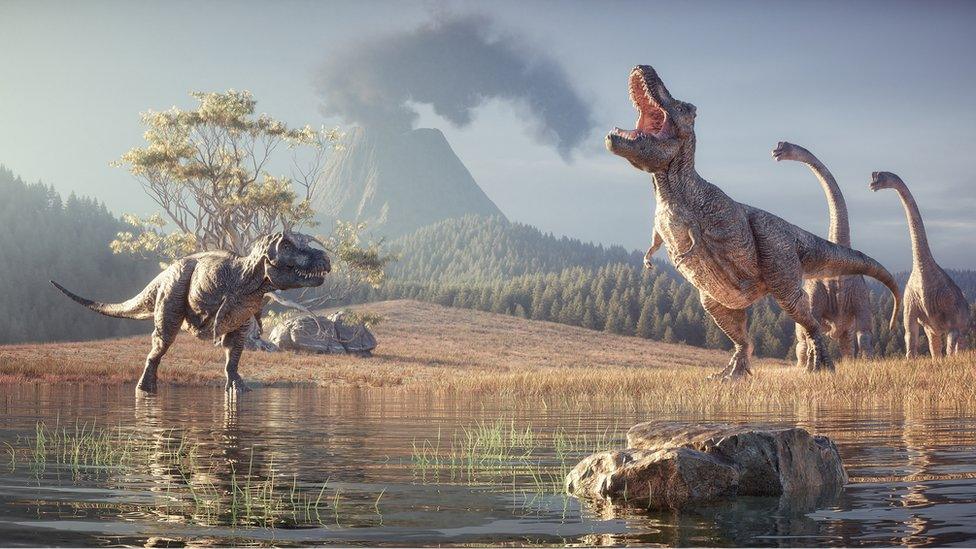
- Published17 May 2024
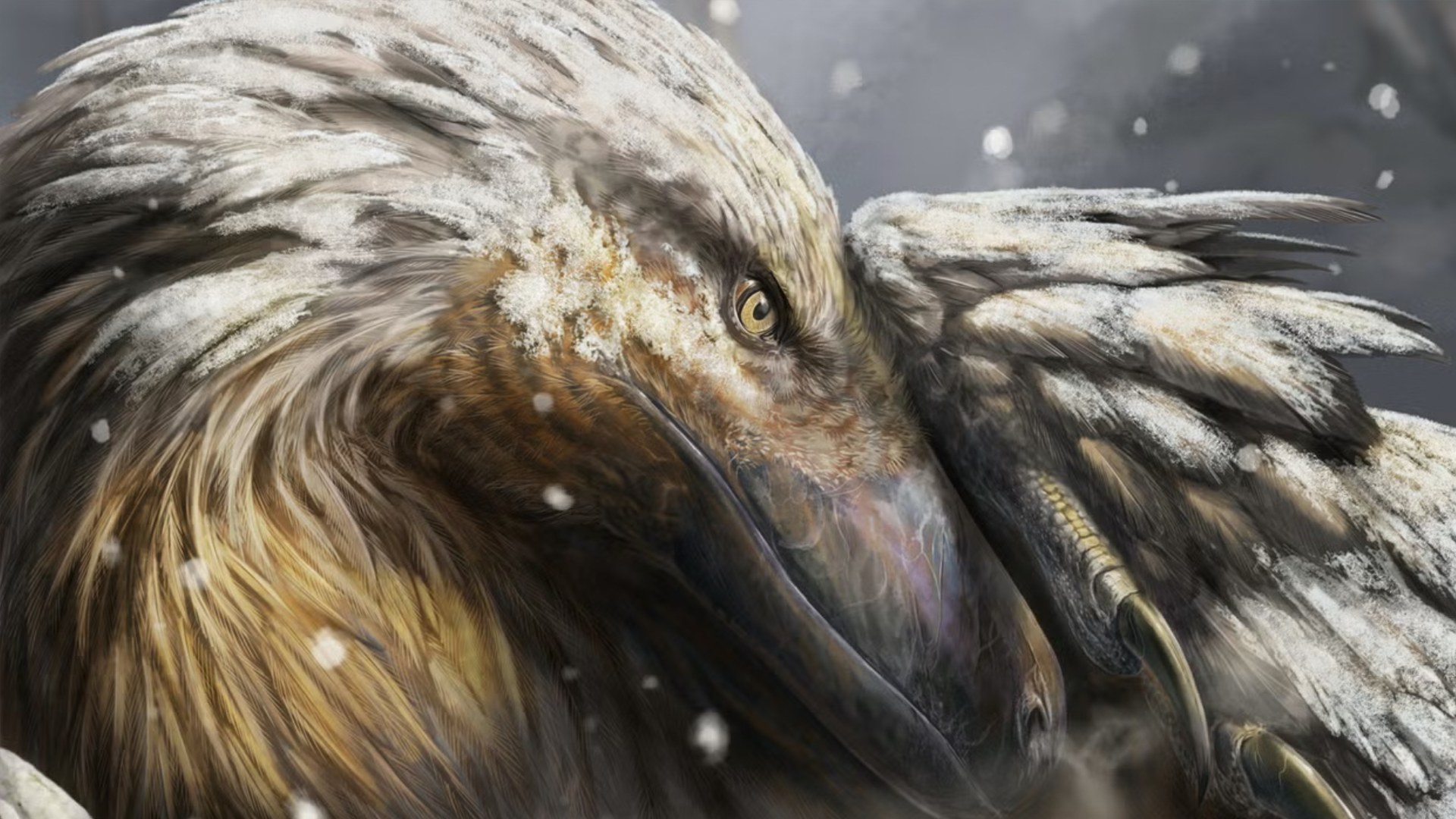
- Published16 June 2023

